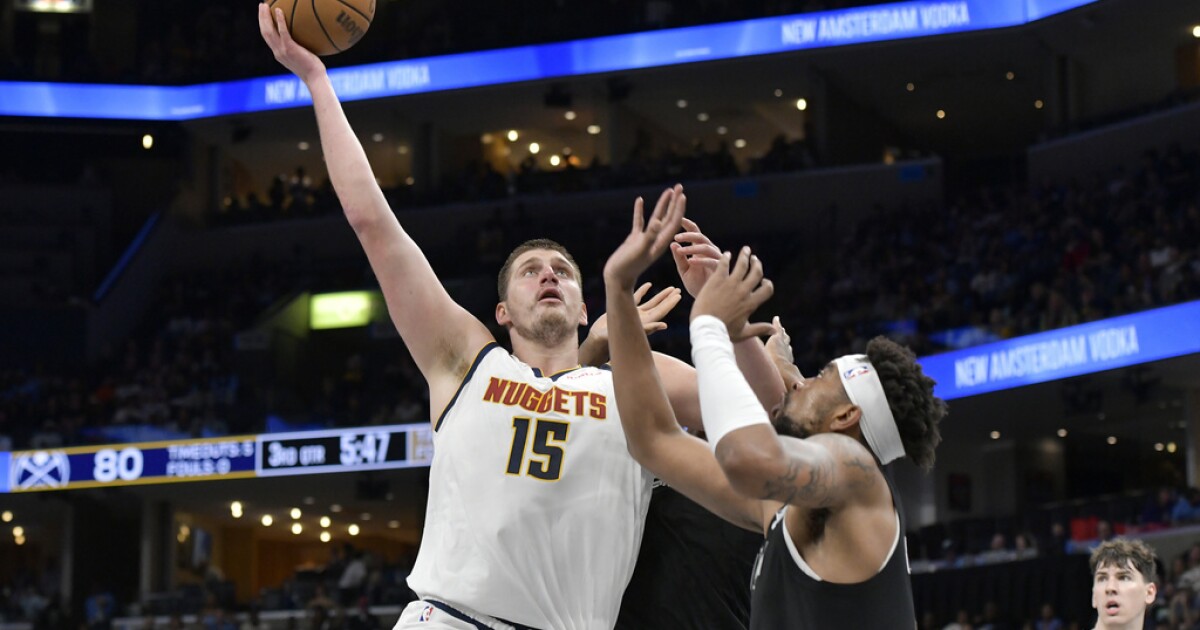/cloudfront-us-east-1.images.arcpublishing.com/tgam/VAJNPHKY2ZDTHBQNH2P5AYXYNU.JPG)
Drag icon Kevin Aviance is in comeback mode
BookmarkPlease log in to bookmark this story.Log InCreate Free Account
Before blossoming into what academic Jose Esteban Munoz called “a deity in the cosmology of gay nightlife,” drag artist Kevin Aviance started his career in Grade 5. It was a talent competition and Aviance sang Gloria Gaynor’s I Will Survive in drag and in low octaves, winning the contest by a landslide.
In his teens, his penchant for creating spectacle prompted him to move from his hometown of Richmond, Va., to Washington. This was where he changed his name from Eric Snead to Kevin Aviance after joining the House of Aviance – one of the oldest and most successful vogue houses emerging from LGBTQ2IA+ ballroom culture.
Eventually, Aviance was lured to New York, where nightlife impresaria Susan Bartsch booked his early gigs, superstar DJ Junior Vasquez put him in front of bigger audiences and Madonna cast him in her video for her 1994 hit Secret.
Standing at 6′2 without heels, wearing no wigs and abstaining from any pageant-y drag queen aesthetics, Aviance projected a new wave of queer art. For his lyrics, he channelled his LGBT2IA+ audience by using coded queer language and sexually-charged dialogue snatched directly from the dancefloors he ruled.
Recently Beyonce’s Renaissance album name-dropped the House of Aviance and sampled Aviance’s club hit Cunty in a song called Pure/Honey. The newfound attention has put him in comeback mode, booking shows, making new music and taking a beat to write his own autobiography. Minutes upon discovering he made The Advocate magazine’s People of the Year list, Aviance opened up about the muses and motivations that are, to quote the artist, “making me live again.”
What was the last art exhibit you were floored by?
A collection of Henry Darger’s art – it had the Vivian Girls. That exhibit really turned me out because there’s a story that goes with each of the girls, so he was very intricate in creating these images. I would love to see these piece come to life on film – it’s like an army of kids coming together to fight evil. What’s sad is Darger died before getting recognized for all of it.
In terms of places you’ve travelled, what would be at the top of your list?
Palace of Versailles in France. I never knew the grandness of French history until I saw what I saw. I was there during the Jeff Koons exhibit so I was gagged. It’s always been a place for showing out but to see it with a giant dog balloon and the Michael Jackson statue and all that modern colour? I’m still thinking about it.
What book are you reading right now?
James Baldwin’s The Fire Next Time. It’s an original copy. He’s so eloquent and I waited too long to read this but I love what he represents and right now Black gay men and Black queer people are in a renaissance. Look at what is going on with ballroom, look at Beyoncé’s album.
This is one of the original sources.
You’ve had a chance to absorb Beyoncé’s Renaissance now – which you are sampled on. What parts of it stand out for you?
How gay culture influenced this straight Black woman and how she uses this joy and sound so she can mourn and celebrate her gay uncle. She’s lifting up the gay influences, she’s caressing them, she’s putting them high on a shelf. She does this by using all this Black, gay and queer lingo into it. I’ve never heard this type of music done from a cisgender Black woman before and she’s declaring it in public, saying, my uncle was one of these people, and he took care of me. He showed me things that I needed to see and we had to good time and I want to address that.
Have you ever seen yourself referenced on fashion runways?
At first I just thought it was just the Grace Jones effect because, who isn’t influence by her? She’s my life. But then, I started seeing the bald head, one earring look – my look – stomping down the catwalk how I stomp at shows and I knew something was up. Mr. Clean was a great inspiration of mine – I just made him Black and feminine. I also love Star Trek so I recreated him as this alien clean up being. First I saw the look I made on runways on dancefloors but then I started meeting all the designers, and they were coming to clubs and they were watching me and taking notes. I’m not naming names. I didn’t know at the time what they were doing but I sure found out later.
You’re very open about being the victim of a hate crime in 2006 – which took years to recover from. What did you lose from that period of your life?
Performing was everything to me – I live for the applause. I basically lost my career after it happened because I couldn’t move my body. I went to rehab, tried to self-medicate and didn’t know anything about the repercussions of PTSD. I found myself 115 pounds at one point, and just trying to breathe, I couldn’t even put makeup on my face.
What responsibility do you think the government and the legal system have in stopping hate crimes?
The government is allowing the killing and the abuse to go on. The sad fact is that the leading cause of death for children in America is gun violence and our elected officials refuse to do anything about it. Humanity needs to start becoming a priority for people in power. What happened in Colorado Springs can’t change the way we see queer and gay nightclubs as places of joy and creativity. We can’t allow that. My thoughts are with all the families who are suffering but they don’t need to go through this. This is just another example of how guns stop progress. We sadly need to start checking everyone at the door in a really aggressive way and that’s unfortunate but I don’t want anything to happen to my nightlife family, my community or myself. Queer people have to let the world know we are the future and we won’t be brought back to the past.
There was a moment in the 1990s where Annie Lennox, Whitney Houston, Madonna were all getting remixed for primarily gay clubs. Tell me about your part in that golden era of the remix?
They would also give me those singles to perform. Mind you, I got like $300 for performing those remixes – which was really nothing but I didn’t do it for the money. It would definitely give the divas credibility and longevity with an album or project. They were fun to perform live but some of the singers didn’t know how to perform their own remixes so they would bring me in to teach them. I had to teach Blu Cantrell. When I taught Deborah Cox how to perform Who Do U Love – the Junior Vasquez DMC Remix – at the Palladium, she was thanking me as if I recorded the song. I’ll always remember that.
What was the last album that made you cry?
Stevie Wonder’s Songs in the Key of Life. Lauryn Hill’s The Miseducation of Lauryn Hill and TLC’s FanMail.
This interview has been edited and condensed.



































































